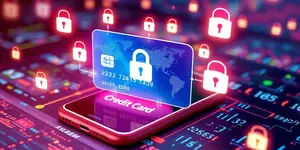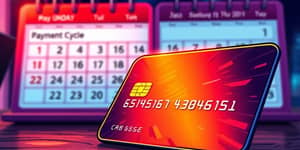
Credit card fraud strikes millions each year, undermining trust and draining finances. Yet with the right strategies, you can fortify your defenses and stay one step ahead of criminals. This article will guide you through the latest trends, risk vectors, and actionable steps to protect your credit card with confidence and resilience.
In today’s digital age, fraudsters employ ever-evolving tactics to exploit vulnerabilities. According to recent data, 62 million Americans experienced credit card fraud last year, representing 63% of U.S. cardholders. Even more alarming, 51% of those victims faced fraud more than once, signaling a growing and persistent threat.
The financial impact is staggering. Consumers reported unauthorized charges totaling over $6.2 billion in the past year, while the overall U.S. fraud losses climbed 46% year-over-year. Ecommerce fraud alone has surged 140% over three years, driven by data breaches, phishing, and sophisticated malware attacks.
Credit card fraud can take many forms, but most losses stem from remote attacks rather than physical theft. Criminals exploit weak systems and careless habits to obtain card data and commit unauthorized transactions.
Building strong defenses begins with simple, consistent actions. By adopting best practices, you can drastically reduce your risk and detect fraud quickly.
Even the most careful consumers can fall prey to fraud. If you discover unauthorized charges or suspect data compromise, act swiftly:
Contact your card issuer to freeze or cancel the compromised card. This step stops additional fraudulent transactions at once.
File a fraud claim with your issuer and provide necessary documentation. Follow up diligently until all unauthorized charges are removed.
Consider placing a credit freeze or fraud alert with the major reporting agencies. This prevents new accounts from being opened in your name without your permission.
The fraud landscape evolves as technology advances. Growth in mobile and contactless payments, combined with more sophisticated AI-driven scams, means vigilance must be ongoing. Financial institutions are deploying artificial intelligence to detect anomalies, but cybercriminals adapt just as quickly.
Maintain awareness of new fraud vectors, such as phantom charges from dubious merchants and automated recurring transactions. Adjust your safeguards accordingly by updating passwords more frequently and reviewing merchant agreements before saving payment information.
By staying informed and proactive, you empower yourself against the financial and emotional toll of credit card fraud. Implement these practical, long-lasting protective measures today to safeguard your financial future and maintain peace of mind.
References













